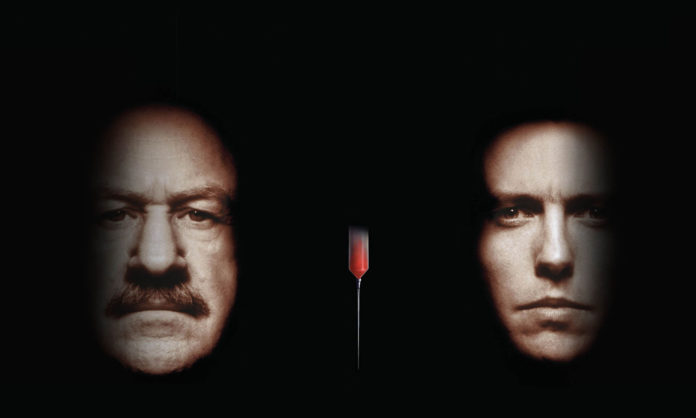In a guest post on the Killzone blog, Becca Puglisi says your hero and villain probably have more in common than you think. “Regardless of the form your villain takes, there are certain qualities that will make them formidable and credible—qualities and connections they share with the protagonist,” Puglisi says. To make her case, she examines the character of Lawrence Myrick from the movie Extreme Measures to identify qualities shared by a villain and hero:
- Villains have a moral code. Great villains have a moral code and believe they are the hero in their own story. While the audience may feel repulsed by their code, the villain’s morality feels perfectly rational to the villain. The moral code guides the villain’s choices and actions throughout the story.
- Villains have a story goal. “Like the hero, the villain has an overall objective, and they’re willing to do anything within their moral code to achieve it,” Puglisi says. “When their goal is diametrically opposed to the hero’s, the two become enemies in a situation where only one can succeed.”
- Villains are well-rounded. A villain may want to achieve something good but for the wrong reasons or with hurtful means. For all their bad qualities, your villain may also be cunning, generous, and brave, even if these qualities are used in service of evil.
- Villains have a backstory. Creating a well-rounded villain with goals and a moral code requires that you understand their backstory, even if you don’t reveal all of it. “A character who is evil with no real reason behind their actions or motivations isn’t realistic, making them stereotypical and a bit…meh,” Puglisi says.
- A great villain shares a connection with your hero. A lot of faceless people can create conflict in our lives, but the people closest to us can do the most damage. The same is true for your protagonist. Connect your hero and villain by giving them a shared history or a shared goal, or by making them mirror images of each other.












